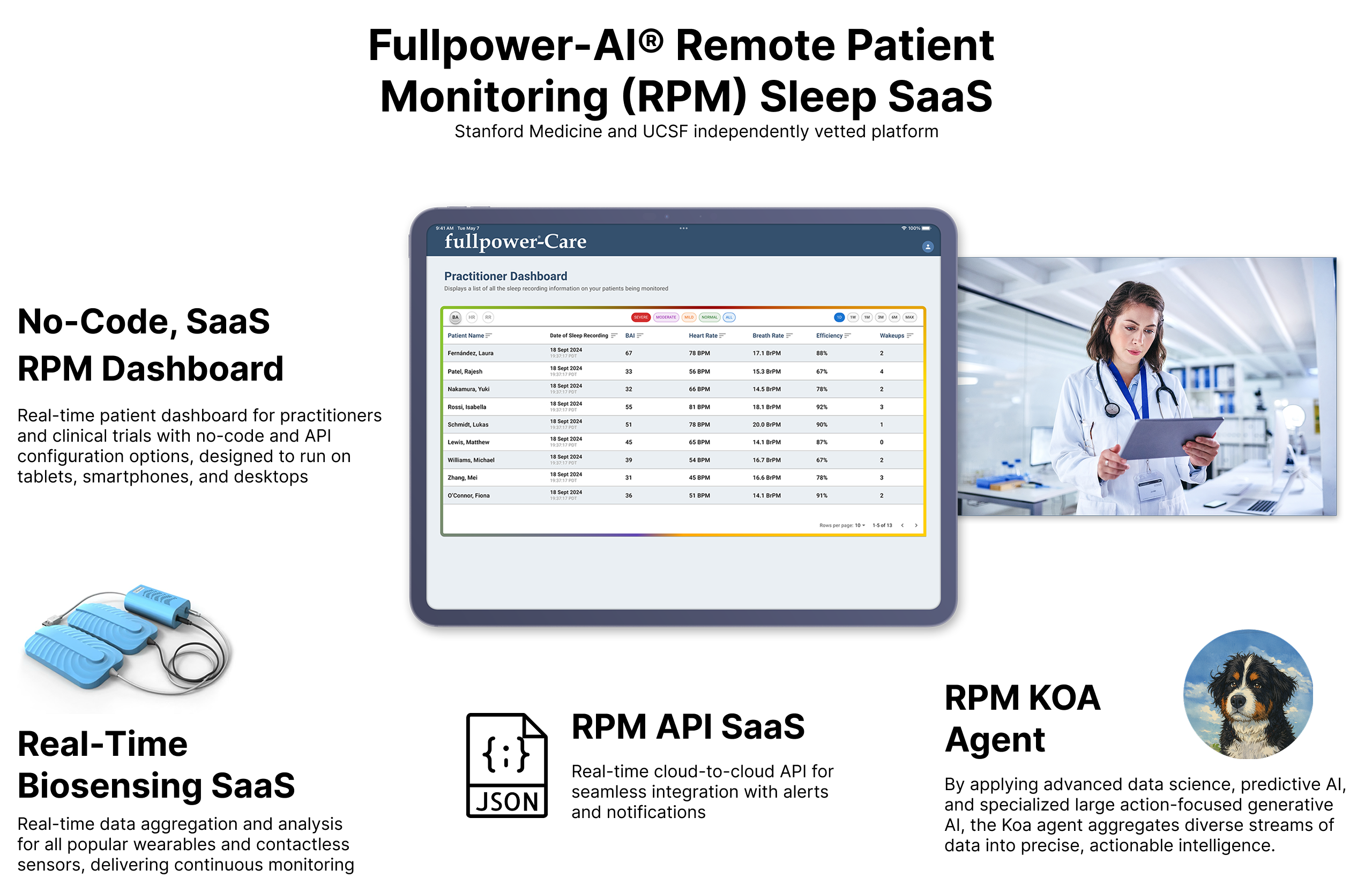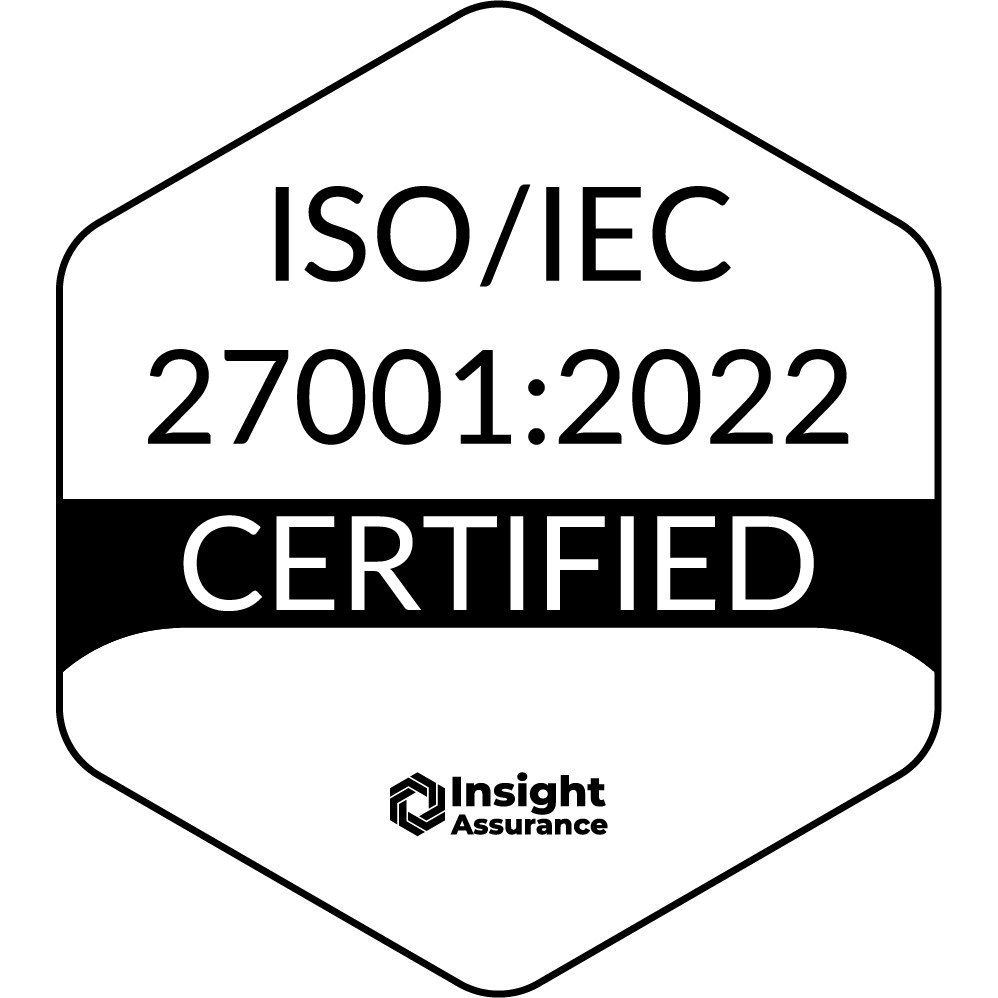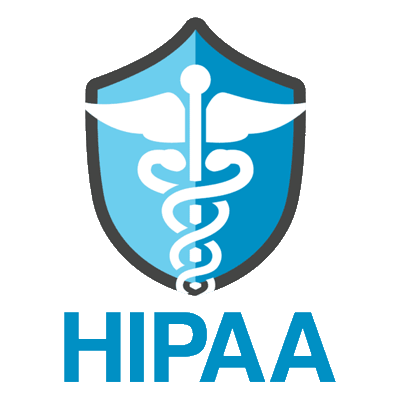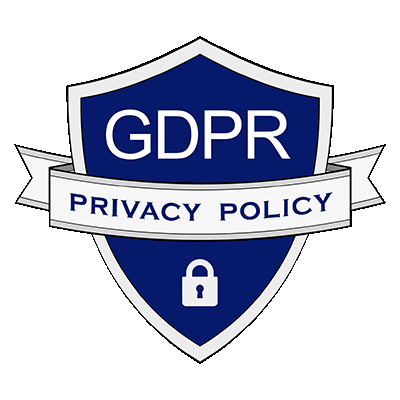
AI-Powered Biosensing for Health,
Sleep & Longevity
Our mission is to make advanced AI biosensing universally accessible, empowering better sleep, Remote Patient Monitoring (RPM), and healthspan through real-time, science-validated intelligence.
Fullpower-AI® delivers real-time, science-based biosensing and generative AI SaaS platforms—validated with Stanford Sleep Medicine and UCSF and deployed globally under long-term commercial licenses.
Each platform transforms continuous, contactless sensing into actionable health intelligence.
Our mission is to make advanced AI biosensing universally accessible, empowering better sleep, Remote Patient Monitoring (RPM), and healthspan through real-time, science-validated intelligence.
Fullpower-AI® delivers real-time, science-based biosensing and generative AI SaaS platforms—validated with Stanford Sleep Medicine and UCSF and deployed globally under long-term commercial licenses.
Each platform transforms continuous, contactless sensing into actionable health intelligence.




